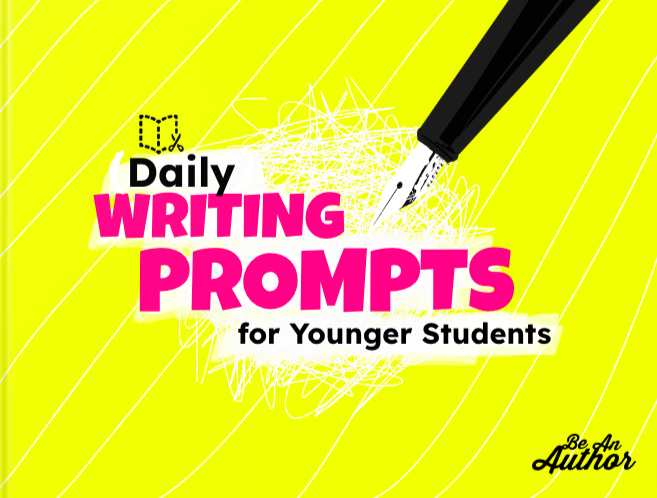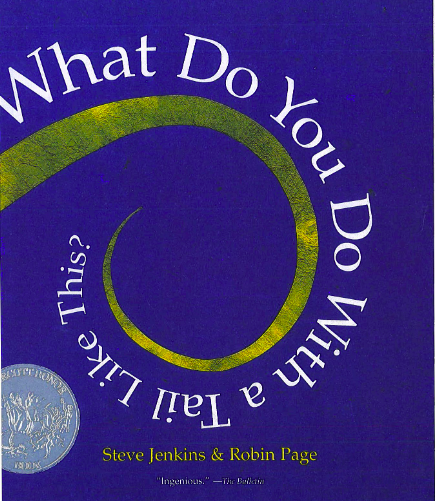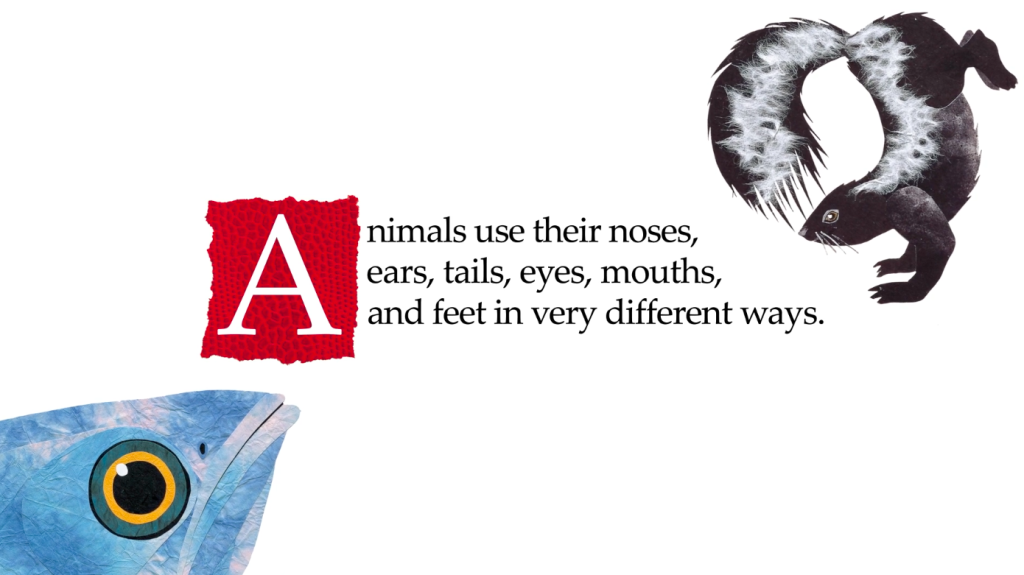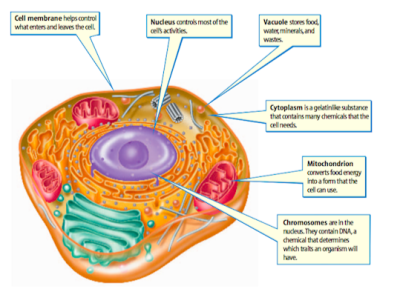During our family’s time homeschooling, regular trips to the library were among our favorite activities. The kiddos would each return home with an armful of books spanning topics from A to Z. While some were purely for entertainment, others helped to build knowledge about the world. They learned content in all the major subjects without having to read through boring textbooks. Instead, they read stories like historical novels, biographies, and engaging nonfiction books that were way more interesting for introducing, explaining, reviewing, and reinforcing whatever we were learning.
You can read stories with your kids to present information, which is very effective in helping concepts to stick. You can do this not only using traditional books, but with graphic novels, videos, interactives, games, anything, really, that tells an interesting narrative while teaching something in the process. If you get stuck on what to teach, you can always Google your state’s standards for a particular subject and grade level and meet them with the learning materials of your choice. While you may not use story-based resources for everything, it’s still a good method to have in your homeschooling learning kit. Here are some free story-based resources:
Once Upon a Language Arts Lesson
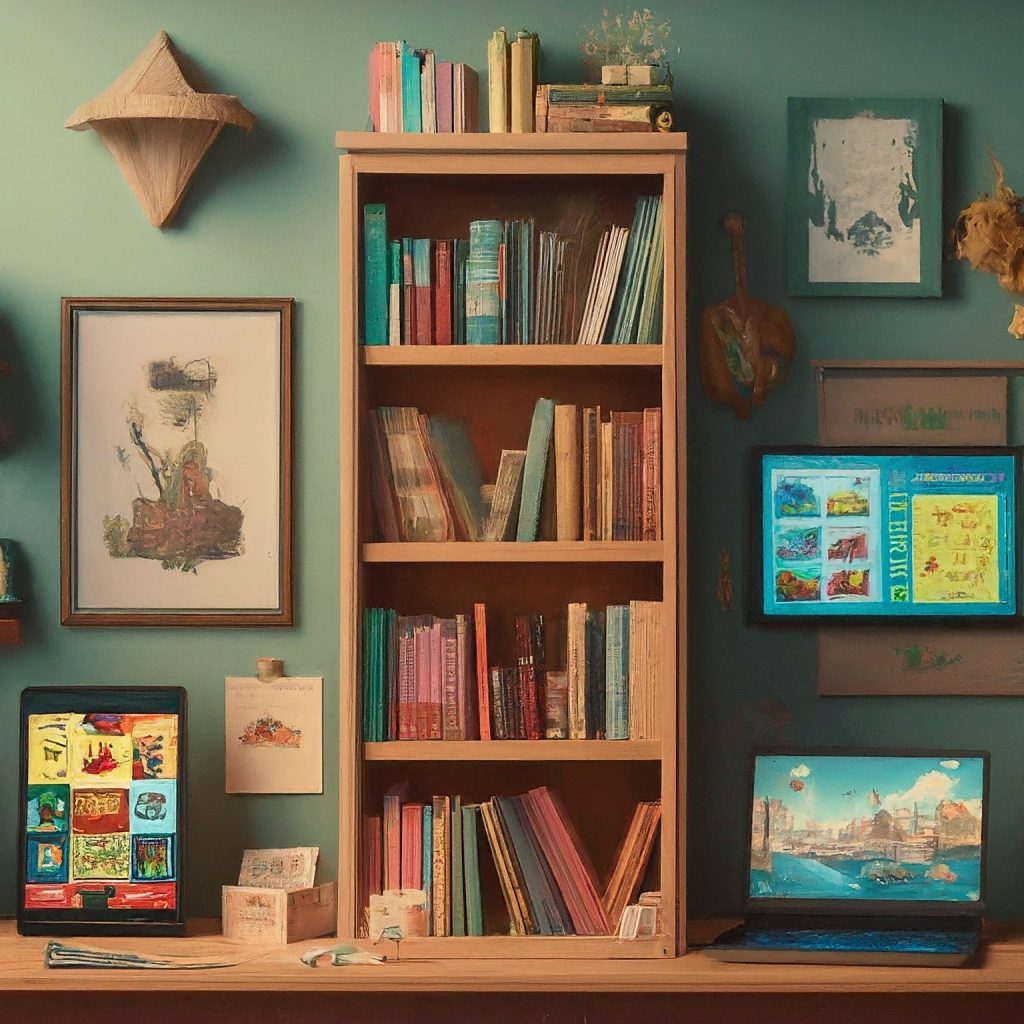
The library is, of course, a great repository for sourcing learning materials. These days, you can extend beyond physical books and access free ebooks with your library card using Libby and hoopla.
In addition, check out this list of educational ebook libraries you can access for free. In the post, you’ll find access codes for BookFlix, a Scholastic site that pairs classic storybooks with related nonfiction ebooks, and includes animation and games. There’s also PebbleGo, Mackinvia, and other ebook libraries listed that have fiction, nonfiction, and graphic novels. There are sites listed that provide free access to Aesop’s Fables and Grimm Fairy Tales.
One activity you can do after reading is to have your child tell back in his own words what was just read. It’s a great way to evaluate if they understood the information they took in. Retelling, or narration activities help kids develop skills they don’t get from just rote memorization, namely, having to organize their thoughts and use words (vocabulary) and sentence structure that they learned from whatever it is they read. Recalling information and details also strengthens reading comprehension.
Here are a few “roll & retell” games to aid the narration process:
—review setting, character, conflict
—review main characters, beginning, middle, and end
—includes review for nonfiction
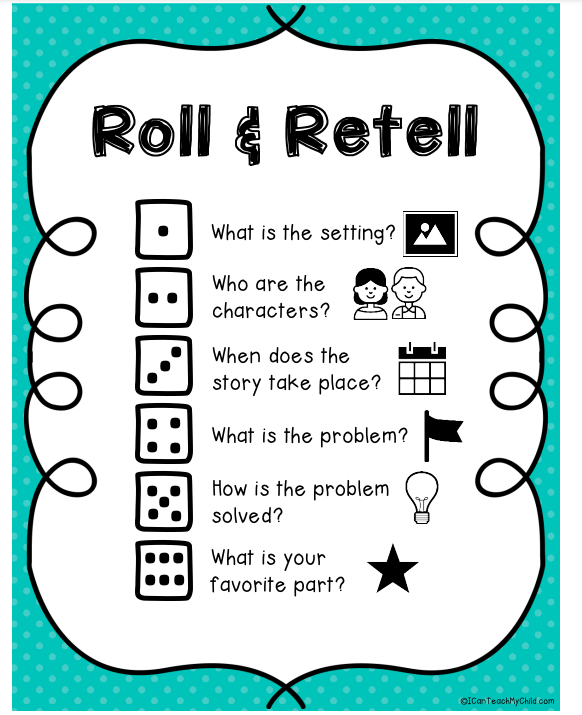
Other Language Arts Activities: Check out these posts that highlight reading and writing activities using stories in this tall tales unit study, and these folklore, fables, and myths resources.
You can find free story-based activities and worksheets at Vooks and Teaching with Picture Books.
Every person has a backstory. Reading biographies, narratives of interesting people, can be a great way to develop vocabulary, reading comprehension and writing skills. Read more about ways to teach with biographies and access some free biography readers and other resources.
Sometimes listening to a good story read aloud, or via audiobooks and podcasts, is just the ticket to inject some novelty into the learning process. Here’s a list of free podcasts for kids that cover a variety of subjects. Some have accompanying free worksheets and activities to get kids thinking, expressing, and creating.
Visit Storyline Online to listen to storybooks read by celebrities and access accompanying activity guides.
Helping kids learn to write well can be a challenge, especially when they’re reluctant. Writing stories can get things rolling, with the assistance of fun picture prompts, sentence starters, graphic organizers, and workbooks. This post is full of ideas and free resources to help progressively build writing skills. And this post has some free workbooks and prompts specifically for writing narrative essays, and models to help assess writing.
If you need help assessing your child’s writing, check out these free writing assessment guides for grades 2 – 12. There are examples of “poor,” “okay,” “good,” and “strong” writing samples in several categories, including narrative writing. For each sample, there’s also a rubric that outlines the criteria for grading the assignment, and comments on why the grade was given.
Another way you can assess your child’s writing is to use a free AI tool like ChatGPT, Copilot, or Gemini to grade or rate your child’s writing. Tell the AI tool to highlight errors and suggest corrections for grammar, punctuation, spelling, and sentence structure. Use the tools to review stories your kids write and suggest enhancements to narratives, like character development, plot twists, and descriptive language.
Help your children develop communication skills by having them read stories aloud and play around with tone, inflection, and volume, not to mention their penchant for drama. In their lives, they may be called upon to impart ideas through presentations, speeches, coaching, selling, or instructing. Participating in book discussion groups through a local co-op can also be a fun way to practice speaking skills.
Exploring the Storied Past

My children enjoyed learning history by reading biographies, and historical novels. The books were full of interesting topics, characters, settings, problems and solutions, and themes. There are many lists of “must read” living history books for homeschooling you can pull up with a Google search.
After reading, there are a variety of immersive learning activities your kids can do, such as journaling and role-playing. This collection of short Junior Scholastic World History Plays enables your kids to step into the world of Galileo on trial, the World War I Christmas truce, the last day in Pompeii, and other scenarios.
Watch the Liberty’s Kids series to see how the main characters experience events leading up to the American Revolution. Here are some video response sheets and answer keys for all the episodes.
Use Teach with Movies to get history movie suggestions with worksheets and ideas for lessons.
Online game simulations can be a fun way to learn history. One site my kids enjoyed is Mission US. It has free immersive games and accompanying worksheets and activities for the American Revolution, the antebellum era, westward expansion, immigration, the Great Depression, World War II, and the civil rights movement.
Here are some other narrative games, with accompanying learning resources, that let you step into the story:
Over the Top: Life in the trenches during World War I.
A Sailor’s Life for Me: Life aboard the USS Constitution during the War of 1812.
The Great Fire of London: The story of this event and how lives were affected.
Narrative Science Sparks

Seemingly simple stories can be used to examine important foundational science concepts, even if the stories are not explicitly about science. For example, use Corduroy to discuss classification of objects by different attributes, (and how things are sorted in a department store). Read Kitten’s First Full Moon and talk about repeating patterns in nature and moon phases. Read If You Give a Mouse a Cookie and talk about cause and effect.
Structure and Function
You can read stories that illustrate key concepts from different science disciplines. For example, using Charlotte’s Web to compare the life cycles of different animals. For more activities for teaching science with stories, visit Stem.org which provides summaries of books for 5- to 11-year-olds, teaching ideas for each story, and related videos, activity sheets, and lists of books with similar themes.
More Science with Stories Resources:
STEM Activities inspired by picture books
Engineering and Problem Solving using fairy tales
Ecosystems and Habitats:
—Online picture books for learning about food chains
—Free ebooks about ocean animals
Book-Themed Science Experiments
Web Adventures: Narrative online games for learning about forensics, infectious disease, and the effects of alcohol on the human body
Magic School Bus Videos: You can watch the videos with embedded comprehension questions at Edpuzzle. Here’s an example:
Teach With Movies has lesson plans and learning guides for learning science with a variety of movies.
Numbers Tell the Story
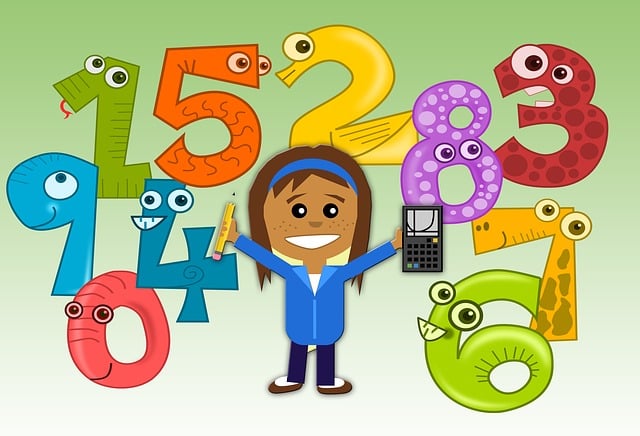
At MathsThroughStories you’ll find suggested storybooks for learning different math concepts, recommended ages, teaching ideas, and links to additional learning sites.
At Mathical you’ll find free storybook guides with suggested math discussion topics.
MathAmigos offers short math-based stories written by teachers that ask kids to do some math. You can download the stories for free. For grades 2 – 6.
My kids liked watching Cyberchase. Head over to PBS LearningMedia’s Cyberchase Math for short clips and accompanying learning materials.
Here’s a number story with facts about cats and kittens:
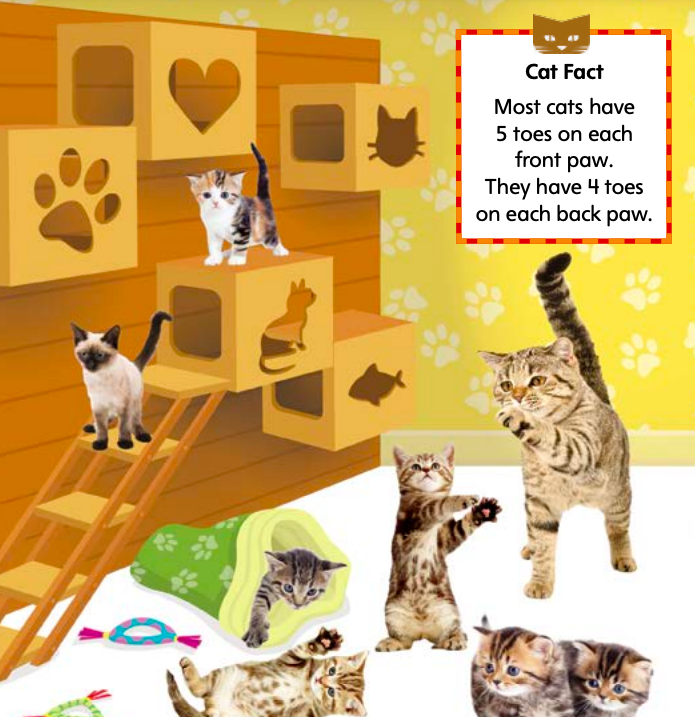
What are your favorite story-based learning ideas and resources? Please share in the comments.


